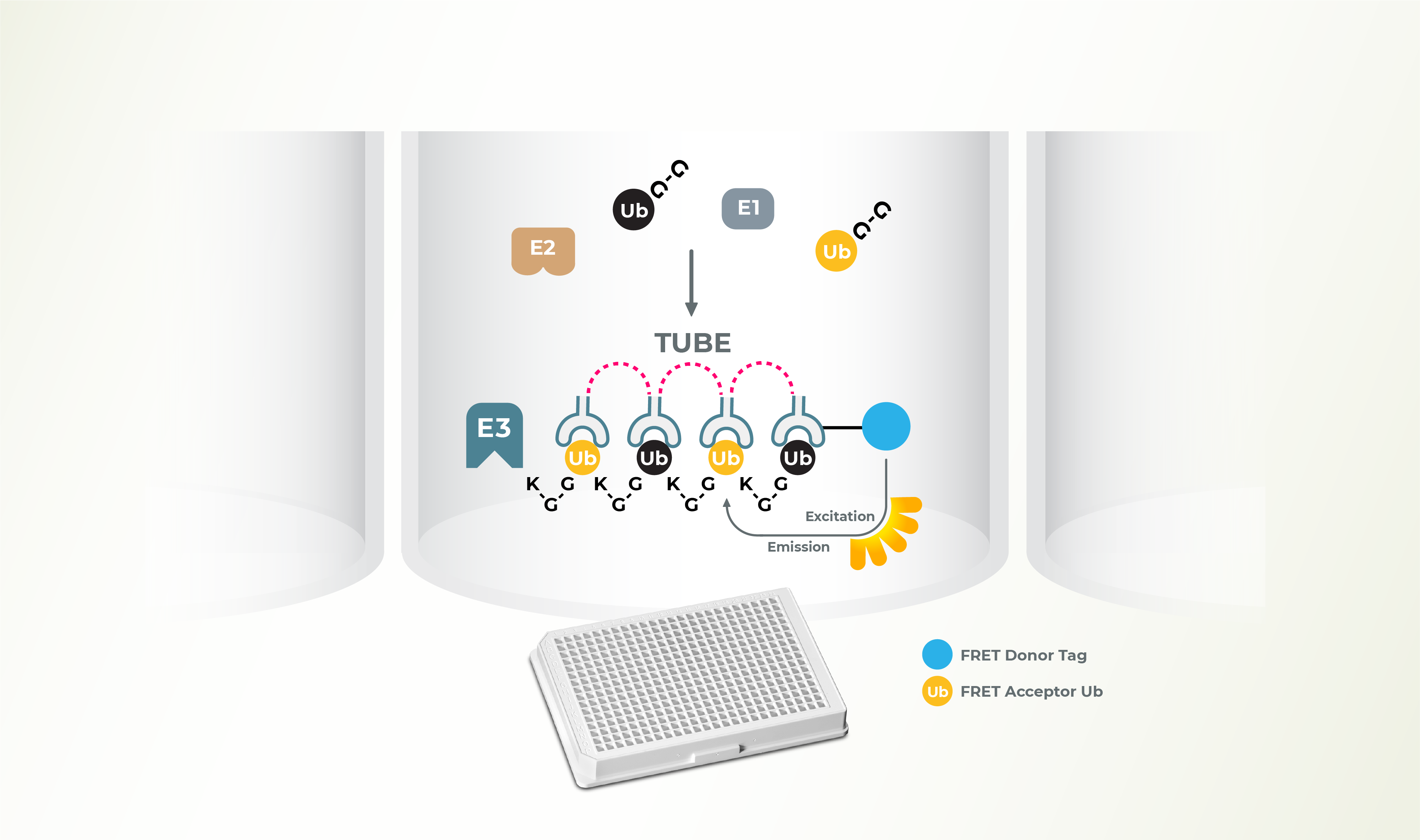At LifeSensors, we have developed reagents and assays encompassing both traditional and non-traditional approaches for E3 ligase screening and profiling. LifeSensors’ small molecule library contains a collection of ligase-centric compounds, which can be employed as a gold standard for your ligase drug discovery efforts. Further, LifeSensors has the tools to quickly exclude off-target hits through a variety of complementary biochemical and biophysical validation assays. In E3 ligase drug discovery, connecting the dots is particularly important. Quickly distinguishing true hits from false positives, developing structure-activity relationships, and establishing rank order potency from purified enzymes to cellular models are key steps to success. LifeSensors brings together the tools and expertise necessary to overcome the many pitfalls in the E3 ligase field.
Associated Services
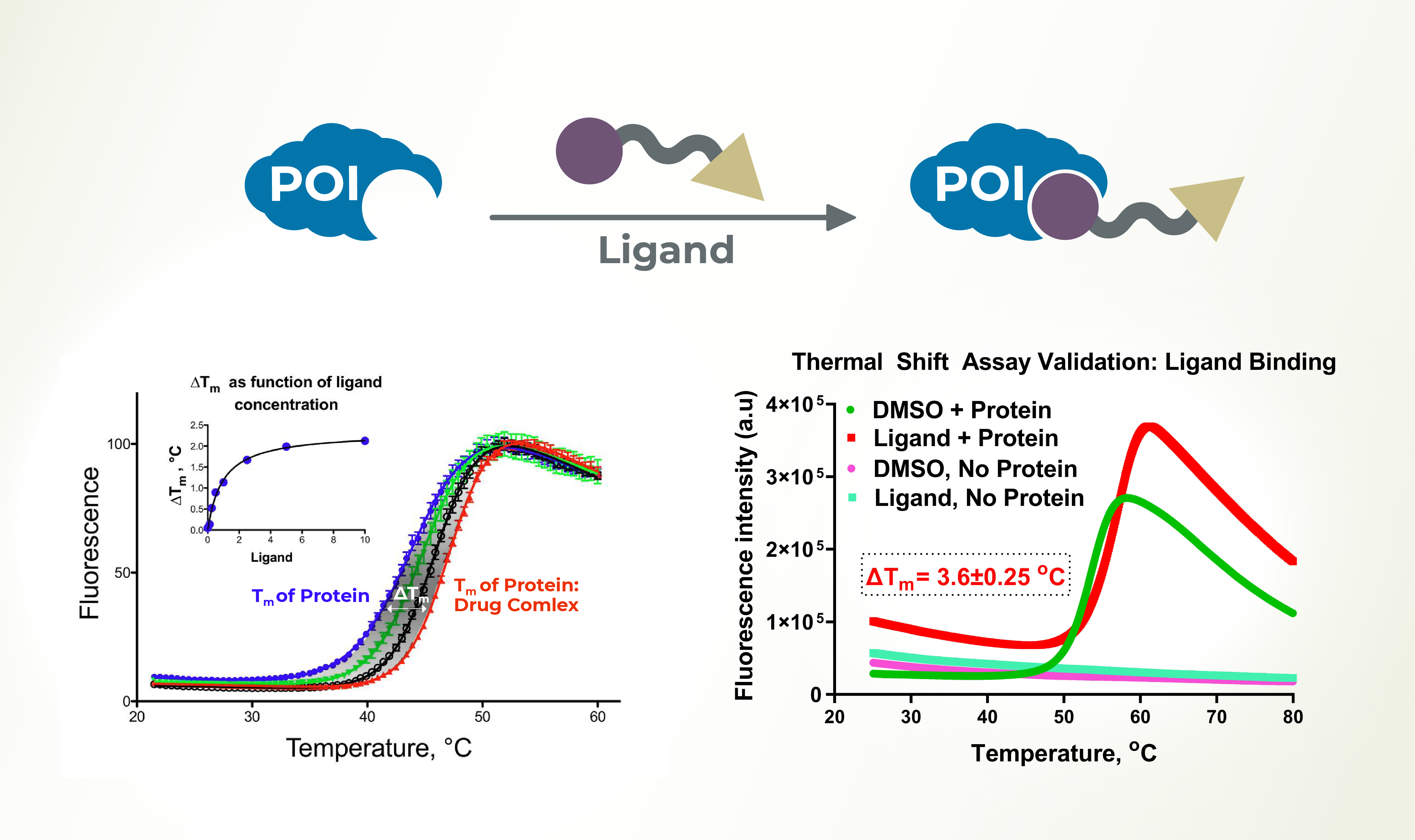
Thermal Shift Assay
LifeSensors’ thermal shift assay is a quick and easy method to generate ligand-protein binding data and is widely employed across several target proteins and compounds including natural products.
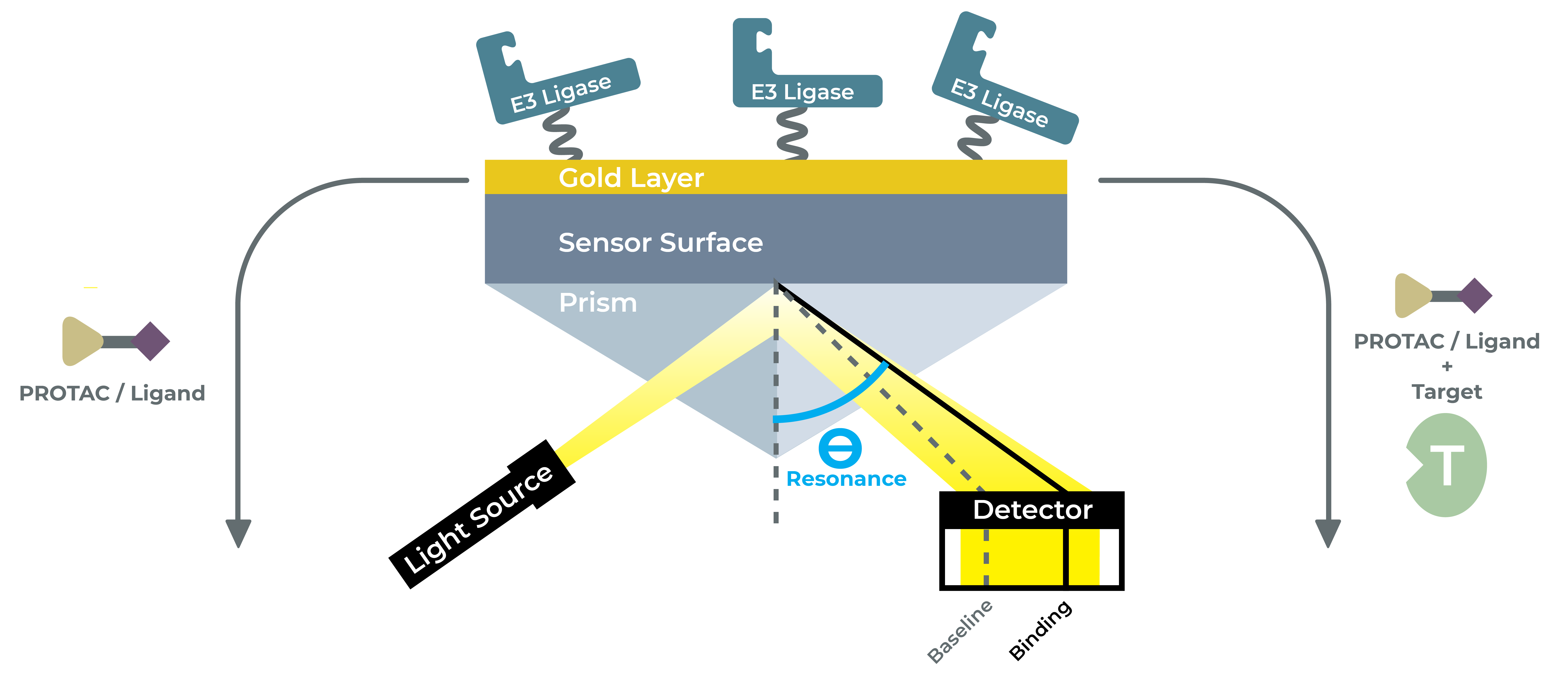
Surface Plasmon Resonance
Generating experimental data for ligand binding to target proteins of interest as well as determination of ligand binding affinity (Kd) is essential for drug discovery. LifeSensors’ Surface Plasmon Resonance is a label-free optical technique that measures interactions in real time.
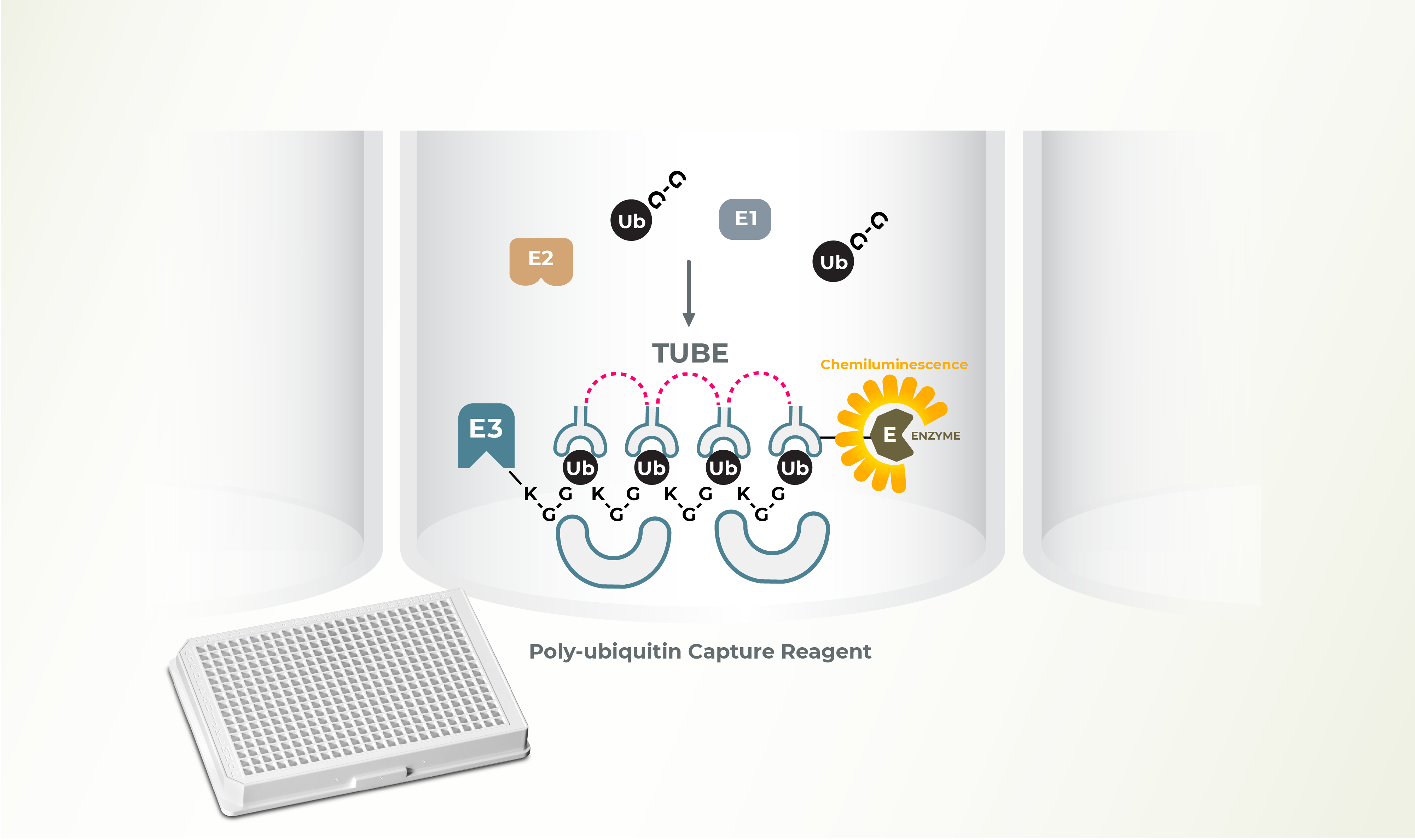
E3 ELISA Assay
LifeSensors’ ELISA-based assay is a proven, high throughput method for monitoring E3 ligase activity. It is a perfect low-cost option for small molecule screening. The E3 ELISA assay is based on the capture of the polyubiquitinated E3 ligase or the E3’s substrate by a proprietary polyubiquitin binding reagent. Labelled Tandem Ubiquitin Binding Entities (TUBEs) are used to detect the polyubiquitination by chemiluminescence.
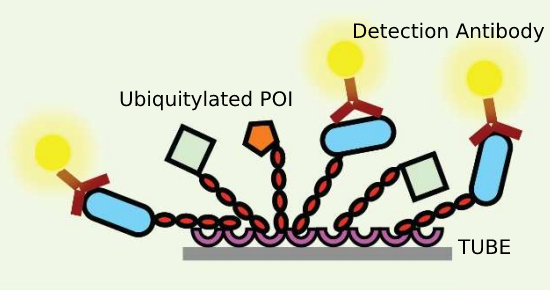
UbiQuant ELISA Assay
LifeSensors’ UbiQuant ELISA assay measures the concentration of total ubiquitin in cell and tissue lysates. Ubiquitylated proteins are captured by an immobilized ubiquitin affinity matrix. Subsequently, unbound proteins are washed away, and total free ubiquitin and ubiquitin conjugates are quantified using an anti-ubiquitin antibody in conjunction with traditional ELISA detection reagents.
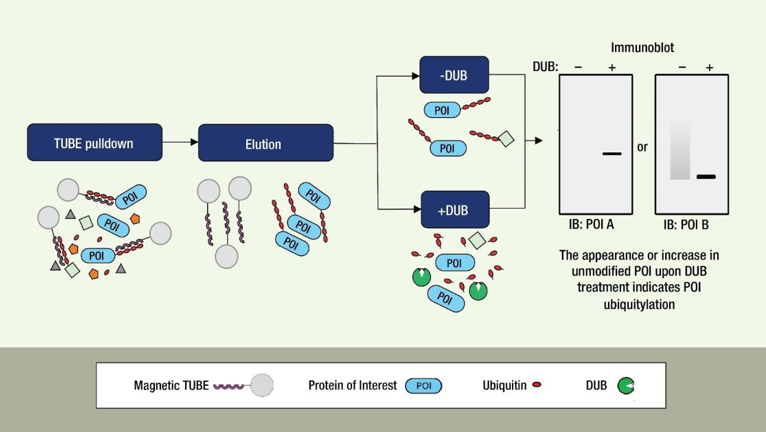
UbiTest Substrate Validation
LifeSensors’ UbiTest is a medium-throughput platform for measuring the polyubiquitylation levels of one or several protein(s) of interest (POI). UbiTest utilizes TUBE technology to enrich for polyubiquitylated proteins. This fraction is analyzed by immunoblotting techniques with and without pan-selective DUB digestion.

